Sep 25, 2023
Author:Jackson Watson
We love our furry companions unconditionally, and their well-being is of paramount importance to us. One of the key factors that often goes overlooked but plays a significant role in ensuring our pets lead long and healthy lives is portion control. Just as overeating can lead to health issues in humans, it can do the same for our beloved pets. In this blog post, we'll delve into the importance of portion control for pet health, exploring why it's essential, the factors that affect it, the benefits it offers, and how to effectively implement it.
Recent statistics have painted a concerning picture - our pets are becoming increasingly overweight and obese. According to the Association for Pet Obesity Prevention, around 60% of cats and 56% of dogs in the United States are overweight or obese. These numbers are staggering and indicate a growing concern that deserves our attention.
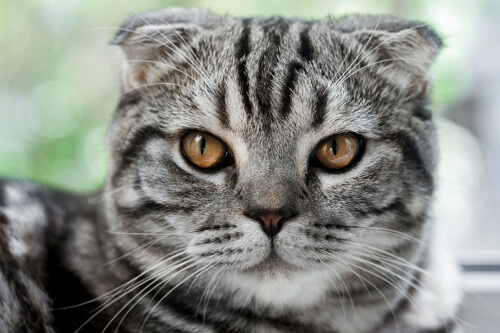
Just as with humans, obesity in pets comes with a host of health problems. Conditions such as diabetes, arthritis, heart disease, and even a shortened lifespan are all associated with excess weight. Furthermore, overweight pets are more prone to injuries and can suffer a diminished quality of life.
Portion control is a powerful tool in the fight against pet obesity. It involves measuring and regulating the amount of food your pet consumes. By controlling portion sizes, we can help our pets maintain a healthy weight, reducing the risk of obesity-related health issues. Let's dive deeper into what affects portion control.
Different breeds have varying dietary requirements. For example, larger breeds may need more food to maintain their energy levels, while smaller ones require less. Understanding your pet's breed and its specific needs is crucial in portion control.
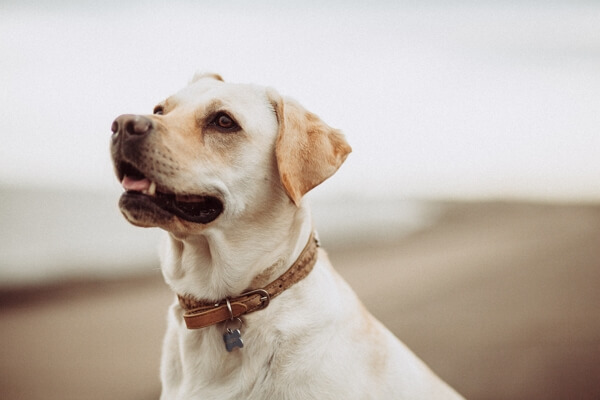
As pets age, their metabolism and dietary needs change. Puppies and kittens require more calories for growth, while senior pets may need fewer calories to prevent excess weight gain. Adjusting portion sizes based on age is essential.
Whether your pet is indoors or outdoors can also impact portion control. Indoor pets may be less active and therefore require fewer calories to maintain a healthy weight. Outdoor pets, on the other hand, may burn more energy and need larger portions.
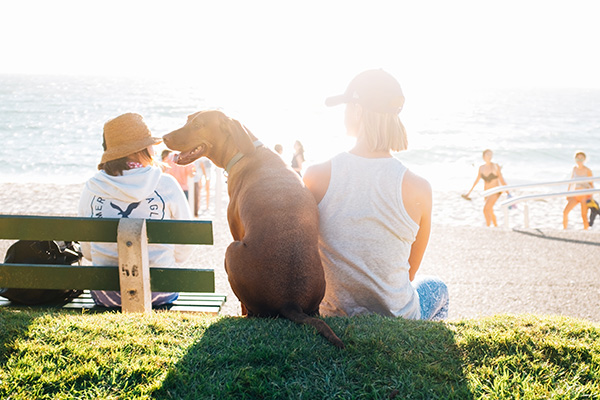
Pets with allergies or medical conditions might have unique dietary needs. Special diets may be prescribed by veterinarians to address these concerns while still managing portion sizes effectively.
The primary benefit of portion control is effective weight management. By feeding your pet the right amount of food, you can help them achieve and maintain a healthy weight, reducing the risk of obesity-related health problems.
Pets, like humans, can overeat if given the chance. By controlling portions, you can prevent your pet from consuming excess calories that can lead to weight gain.
Proper portion control ensures that your pet's digestive system functions optimally. It prevents the stress of overeating or undereating, reducing the likelihood of digestive issues.
Maintaining a healthy weight through portion control can significantly enhance your pet's longevity and overall quality of life. They'll be more active, suffer from fewer health issues, and enjoy a happier life by your side.
The first step in effective portion control is consulting with your veterinarian. They can provide guidance on your pet's specific dietary needs, including portion sizes and any special considerations.
Understanding the nutritional content of your pet's food is crucial. Reading pet food labels can help you determine the appropriate portion sizes based on the manufacturer's recommendations.
Invest in measuring tools like cups and scales to ensure you're providing the right amount of food. This precision is essential in portion control.
Keep an eye on your pet's weight and adjust portion sizes accordingly. If they're gaining or losing weight, it may be necessary to make changes to their diet.
Automatic pet feeders can be a handy tool in portion control. They dispense food at scheduled times, ensuring your pet receives the right amount even when you're not at home.
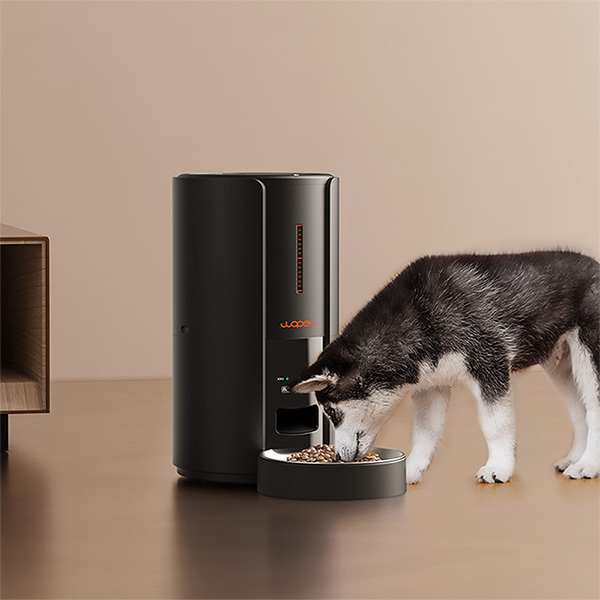
In conclusion, portion control is not just a buzzword but a fundamental aspect of maintaining your pet's health. With the growing pet obesity epidemic and the associated health risks, it's our responsibility as pet owners to implement proper portion control. By considering factors such as breed-specific needs, age-related considerations, lifestyle, and any special dietary requirements, we can help our pets lead happier, healthier, and longer lives. Consult your veterinarian, read food labels, use measuring tools, monitor your pet's weight, and consider automatic feeders to ensure you're on the right track to optimal pet health through portion control. Your furry friend will thank you with boundless love and energy for years to come.
Popular Post
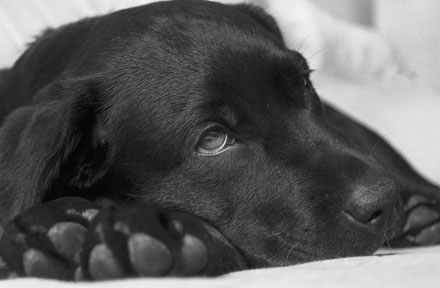
What to Feed a Sick Dog With No Appetite? [2025 Guide]
May 16, 2023
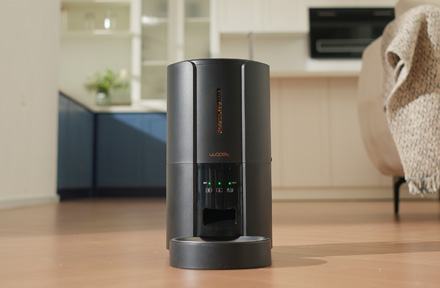
Troubleshooting Common Issues with Automatic Pet Feeders: Tips & Tricks for Pet Owners
Oct 26, 2023
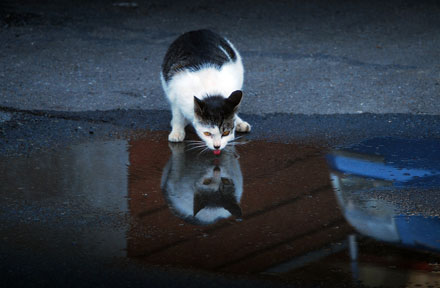
Why Does My Cat Cough After Drinking Water? 8 Potential Reasons
Mar 13, 2023
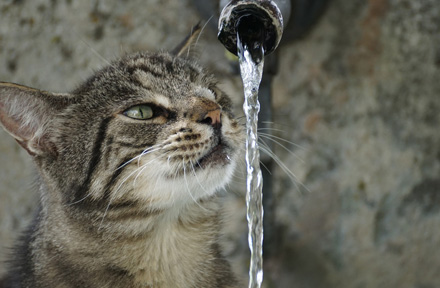
Why is My Cat Throwing up Water? Top 5 Causes Here
Feb 08, 2023
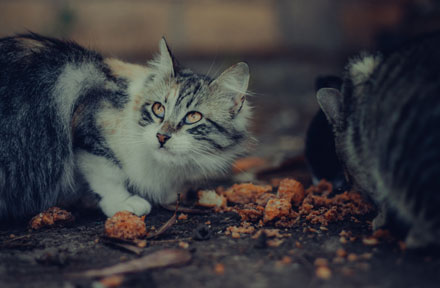
My Cat Only Eats A Little at A Time - What to Do?
Feb 27, 2023
$99.99
$129.99
Copyright © 2025 WOPET. All Rights Reserved.